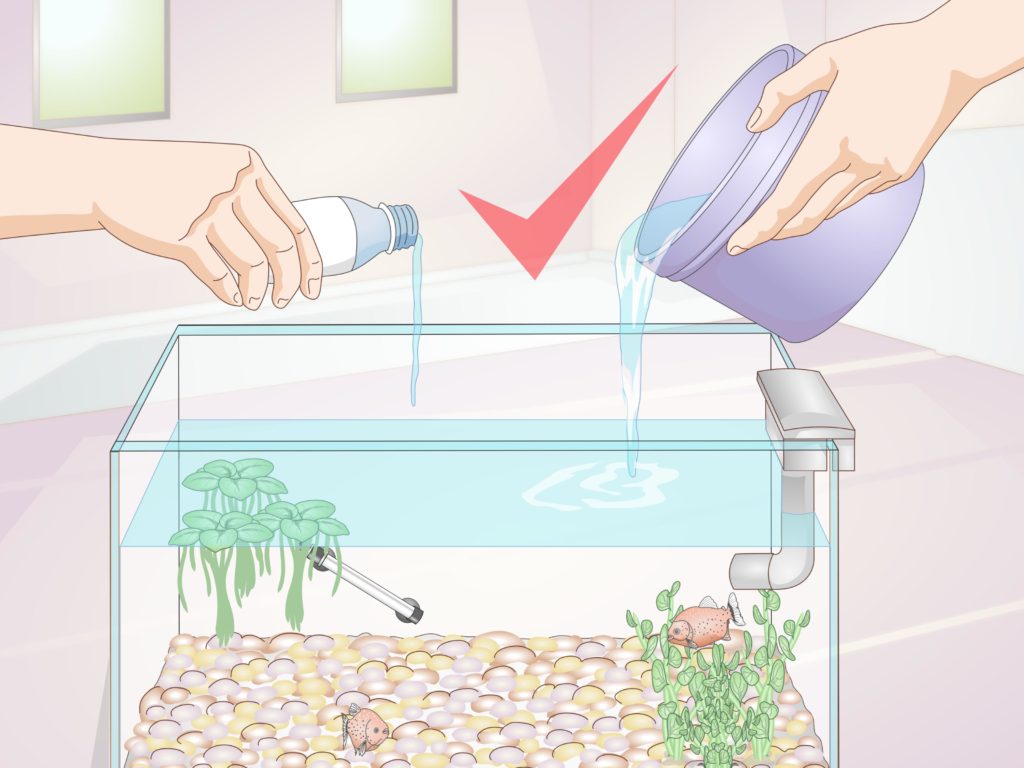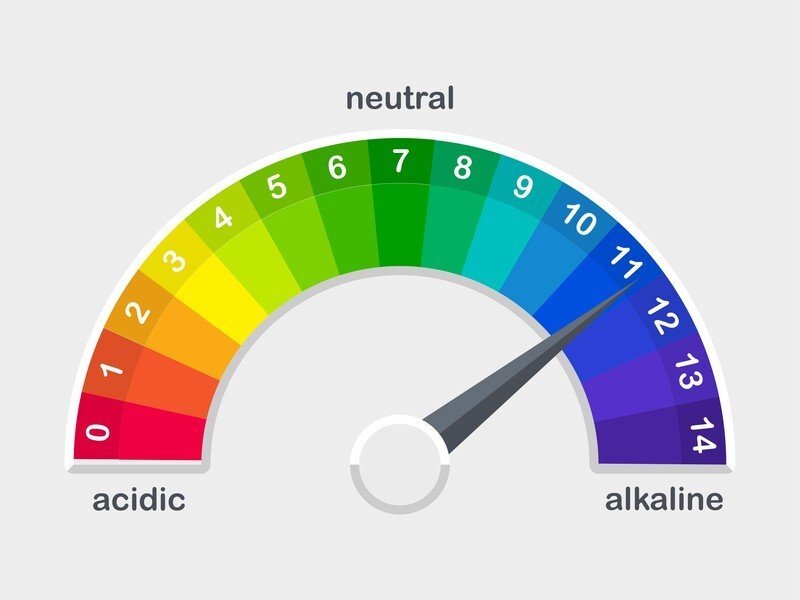How To Lower PH In Fish Tank
As the saying goes, raising fish first raises the water. The quality of the water determines whether the ornamental fish in the aquarium can be healthy or not. Generally, the PH value that fish can adapt to is roughly 6-9, but different fish can adapt to different PH values. If you are not keeping ornamental fish that like acidic water or alkaline water, such as the colorful fairy fish or cichlid fish, then the PH value in the water is often easy to ignore.
In the process of fish breeding, we will encounter various problems with PH, if not handled properly, it will have adverse effects on the fish, and in serious cases, it will lead to the death of the fish.
This article will briefly discuss the problems related to PH.
What is PH?
PH is a measure of acidity and alkalinity, specifically a number between 0 and 14. PH equal to 7 means water is neutral, less than 7 means water is acidic, and more than 7 means water is alkaline. From a chemical point of view, PH is the specific expression of the amount of H+ and OH- in water. When the concentration of H+ in water is greater than that of OH-, water is acidic: vice versa, it is alkaline.
From the definition of PH, it is clear that PH is a measure of the acidity and alkalinity of a solution, and we can use different ways to measure it. For example, results can be obtained quickly by using PH test paper, PH test profile, PH test pen, and other methods, such as water one touch test strips. These values are very important for the survival of fish, and when appropriate we must take measures to regulate them.
Importance of PH
PH is not simply a numerical value, it is an indicator that reflects the changes in chemical reactions in water, as well as biological effects. It is determined by the content of pollutants, Physicochemical properties, and the ratio of CO2 to KH. China’s fishery water standard for freshwater waters, the specified PH value is 6.5 to 8.5, seawater waters are 7.5 to 8.5, when the PH value of the water body is greater than 9.6, less than 4.5, it will endanger the survival of various aquatic organisms.
When the value of PH is lower than 4.5, it can make the PH value of the fish’s blood drop and weaken its oxygen-carrying capacity, although the water is not oxygen-deficient, the fish will float their heads and cause hypoxia, it will also make the fish inactive, the metabolism slows down sharply, the feeding quantity decreases and the digestion ability is poor, which is not conducive to the growth and development of fish. At the same time, acidic water will cause fish diseases, resulting in many fish diseases caused by protozoa, such as flagellosis, radiculosis, sporotrichosis, ciliopathy, trematode, etc.
When the PH value is higher than 9.6, more non-toxic ammonium ions will be transformed into highly toxic ammonia molecules, which will corrode the gill tissue of fish and lead to the death of fish.

How to Lower PH In Fish Tank?
By the symptoms of acidosis and alkalosis, we know that we should provide the fish with the right range of PH as much as possible. However, it is more important to keep the PH in the water column at a relatively stable level. Normally, because the water contains components that buffer, generally consisting of bicarbonate (bicarbonate) and carbonate, these components can reduce any severe PH changes by neutralizing the acid to lower the hydrogen ion. Hard water has a greater buffering capacity.
The buffering capacity of a body of water is the ability of a body of water to maintain a stable PH level.
The principle of adjustment is still the same, first, find out the source and cause of alkalinity, inhibit and remove the alkaline-forming factors. Generally speaking, alkalinity will not rise for no reason. For example, during the day, fish and aquatic plants produce carbon dioxide (carbonic acid) by respiration, while plants absorb carbon dioxide and nitrate by Photosynthesis to promote their growth, which makes the PH value rise. At night, there is only respiration, no Photosynthesis, and the PH drops.
It is worth mentioning that when there is no free carbon dioxide in the water body for the plants to photosynthesize, the plants will extract bicarbonate ions from the water, thus lowering the KH value and making the buffering capacity of the water body decrease. It is best not to plant too many aquatic plants.
Several methods can adjust high PH
1. Partial water change. There is a certain dilution effect.
2. Find out the filter material that can release alkali, such as coral sand, and shell sand, it is said that the ceramic ring is also alkaline, and then change these filter materials in batches.
3. The above alkaline filter material can be replaced with zeolite, also in batches.
4. Use calcium dichloride. Calcium dichloride is acidic after hydrolysis and can reduce the PH while increasing calcium ions. Personally do not recommend using.
5. Use EM bacteria, lactobacillus, and other microbial bacteria.
6. Use anion exchange resin, it is not good to control the amount, so I do not recommend it.
Among the above methods of PH adjustment, there is one principle to remember: the PH value should not rise too much or fall too much at once, and the maximum adjustment is 0.3 units a day.
To sum up, to keep the fish in good condition, it is necessary to adjust the PH level in the tank to the range that the fish like, but it is not required to toss too much for the PH level, maintaining good and stable water quality is the most important.

